Forced child labour: invisible to the world
13 Mar 2009 14:26:00 GMT
Written by: Andrew Stroehlein
Reuters and AlertNet
It has to be the largest regular state-driven act of child exploitation anywhere in the world. The annual cotton harvest in Uzbekistan depends on the forced labour of some 2.7 million children, who are all removed from school for six to eight weeks to work in the fields and enrich the elites of the country’s authoritarian regime.
A new study, “Invisible to the World: The Dynamics of Forced Child Labour in the Cotton Sector of Uzbekistan”, highlights the scale and severity of this yearly horror. I’d seen some of the data from this report before it was published, but the full details of the assessment, carried out by Uzbek researchers who put themselves at great risk to gather the evidence, are still shocking.
Published by the School of Oriental and African Studies (SOAS) in London, the report looks at six school districts, where between 86 and 100 per cent of the pupils were subject to compulsory recruitment for 51 to 63 days, without weekend breaks and under detrimental sanitary, health and nutritional conditions. The children miss out on two months of school and are exposed, according to the paper, “to conditions of work that merit close examination in light of the criteria set by the International Labour Organization Conventions 138 and 182”, referring to the international treaties concerning the Minimum Age for Admission to Employment (Convention 138, 1973) and The Worst Forms of Child Labour (Convention 182, 1999).
Understand, please, this is most certainly not the poverty-driven child labour one sadly sees in other developing countries. As the report says:
The practice of child labour in Uzbekistan represents a distinctive case. Global patterns suggest that it is generally families and/or employers who tend to be the major initiators and beneficiaries of children’s work. Uzbekistan represents a rare instance of state-sanctioned mass mobilization of children’s labour. The principal beneficiaries are not households or primary producers but state-controlled trading companies higher up the value chain. Their exclusive control over cotton export revenues and their ability to appropriate the profits generated by the disparity between domestic and international market prices gives them a stake in the maintenance of the current procurement and labour control regime.
The new SOAS study looks at data from the 2007 harvest, but researchers are now busy analysing data from 2008. While those newer figures are not yet available publicly, they do already make clear that the situation did not change at all in the intervening year, despite much publicised government promises to end the practice of forced child labour.
When I was in Tashkent in October, regime officials told me point blank that no children were working in the cotton fields any more. From the photos I’ve seen, including those in this new study which were taken in 2008, the government’s claims are clearly false.
Thankfully, this issue is not “invisible” to everyone. The Environmental Justice Foundation (EJF) has been working on it for years, campaigning for an EU regulation on forced child labour and for cotton products to show the country of origin of the cotton on the label. Many major clothing producers and retailers in Europe and the US have pledged to stop using Uzbek cotton in their products.

